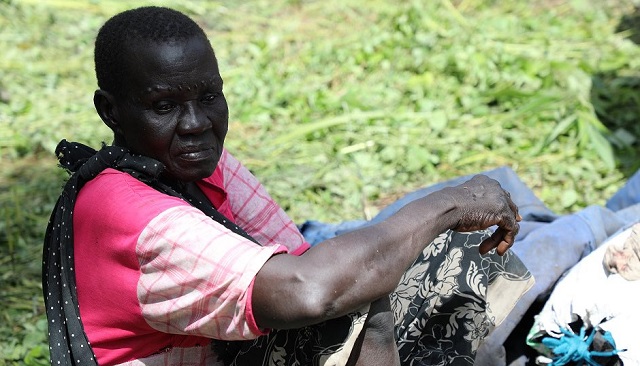
Juba, S.Sudan | Xinhua | A UN senior official on Friday raised the alarm over the projected increase in the number of people in need of humanitarian assistance in South Sudan.
United Nations Resident Coordinator in South Sudan Sara Beysolow Nyanti said an estimated 9.4 million people, a staggering 76 percent of South Sudan’s population, will have humanitarian or protection needs in 2023 which presents an increase of half a million people compared to 2022.
“Something has to change in South Sudan because the number of people in need continues to rise every year, and the resources continue to decrease,” Nyanti said in a statement released in the South Sudanese capital of Juba.
She stressed that the deteriorating humanitarian conditions are worsened by endemic violence, conflict, access constraints, operational interference, public health challenges, and climatic shocks such as flooding and localized drought.
Something has to change in #SouthSudan. The number of people in need continues to rise every year. The resources continue to decrease. 9.4 m people,a staggering 76% of South Sudan’s population, will have humanitarian/protection needs in 2023.
👉🏾Read more: https://t.co/PB33Klti1t pic.twitter.com/3YDmCRWVN6— Sara Beysolow Nyanti (@NyantiSara) November 25, 2022
Nyanti said that sub-national violence across the country has led to displacement, limitation of people’s access to critical humanitarian services and livelihoods, and disruption of humanitarian operations, while the protracted displacement affects more than 2.2 million people, many of whom have been unable to return to their homes for years and face significant risks, including family separation and trauma.
She warned that severe food insecurity will affect an estimated 8 million people, or 64 percent of the total population, by the peak of the lean season between April and July in 2023 as access to food and income has been hampered by floods, conflict, and economic hardship.
In conflict and flood-affected areas, the UN official said, people’s access to food and income sources is severely hampered due to displacement to new locations, disruption of delivery of food assistance and trade flows. In some places, people’s daily rations have been reduced due to funding.
“Many people who are highly food insecure are in locations with chronic vulnerabilities worsened by frequent climate-related shocks, the macro-economic crisis, conflict and insecurity, and low agricultural production,” Nyanti said.
 The Independent Uganda: You get the Truth we Pay the Price
The Independent Uganda: You get the Truth we Pay the Price



